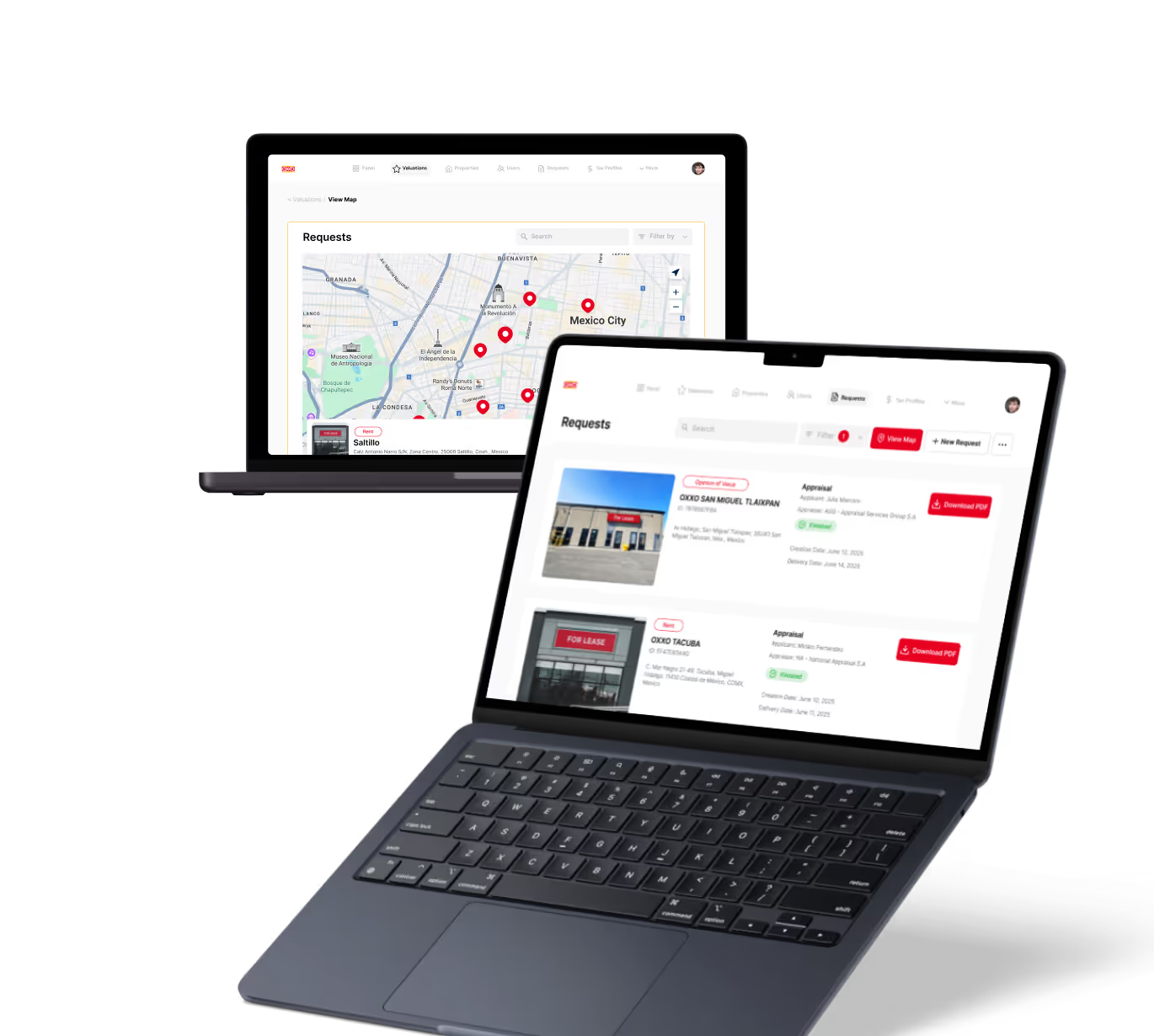Data Transformation in Automation
Automation
Explore how data transformation powers automation by converting data for seamless workflows and smarter decisions.
When you automate tasks, the data you use often needs to change form to fit different tools or processes. This change is called data transformation. It helps you connect apps and systems smoothly, making your automation smarter and more effective.
In this article, you will learn what data transformation is, why it matters in automation, and how you can use popular no-code tools to transform data easily. Whether you build workflows in Zapier, Make, or use platforms like Bubble, understanding data transformation will boost your automation skills.
What Is Data Transformation in Automation?
Data transformation means changing data from one format or structure to another. In automation, this is key because different apps expect data in specific ways. For example, one app might send dates as "MM/DD/YYYY" while another needs "YYYY-MM-DD".
Transforming data ensures that information flows correctly between systems. It can involve:
- Changing data formats (like date or number formats)
- Combining or splitting data fields
- Filtering or cleaning data
- Mapping values to match another system’s requirements
Without transformation, automation can break or produce wrong results. So, it acts like a translator between apps.
Why Data Transformation Matters in Automation
Automation connects many tools, each with its own data rules. Data transformation helps you:
- Ensure compatibility: Convert data so apps understand each other.
- Improve accuracy: Clean and format data to avoid errors.
- Save time: Automate manual data editing tasks.
- Enhance workflows: Combine data from multiple sources for better insights.
For example, when you automate customer onboarding, you might get data from a form, then transform it to fit your CRM’s fields. This avoids manual copying and mistakes.
Common Data Transformation Techniques
Here are some popular ways to transform data in automation:
- Formatting: Change date, number, or text formats.
- Parsing: Extract parts of data, like splitting full names into first and last names.
- Mapping: Replace values to match another system, like turning "Yes" into "1".
- Filtering: Remove unwanted data or keep only specific records.
- Aggregation: Combine multiple data points into one, such as summing sales numbers.
These techniques help you tailor data for each step in your automation.
Tools for Data Transformation in No-Code Automation
Many no-code platforms include built-in features for data transformation. Here are some popular ones:
- Zapier: Offers Formatter actions to change dates, numbers, text, and do simple calculations.
- Make (formerly Integromat): Provides powerful modules for parsing, mapping, and aggregating data with visual tools.
- Bubble: Lets you manipulate data types and fields inside your app workflows.
- Glide: Allows basic data formatting and filtering within app tables.
- Parabola: Focuses on data transformation with drag-and-drop steps for cleaning and reshaping data.
Choosing the right tool depends on your automation complexity and data needs.
How to Implement Data Transformation Effectively
Follow these steps to transform data smoothly in your automation:
- Understand your data: Know the source format and the target format needed.
- Plan transformations: List what changes are required (formatting, mapping, filtering).
- Use built-in tools: Leverage your automation platform’s features to apply transformations.
- Test thoroughly: Check that transformed data works correctly in the next step.
- Document your logic: Keep notes on how data is changed for future updates.
For example, in Zapier, you might add a Formatter step to convert a date before sending it to Google Sheets. Testing ensures your sheet receives the right format.
Real-World Examples of Data Transformation in Automation
Here are some practical cases where data transformation shines:
- Sales automation: Transform lead data from a web form to match CRM fields, including formatting phone numbers and splitting full names.
- Invoice processing: Extract and format invoice dates and amounts from emails before adding them to accounting software.
- Customer support: Map ticket priorities from one system’s labels to another’s numeric scale for reporting.
- Marketing campaigns: Clean and segment email lists by filtering out invalid addresses and formatting names.
These examples show how transformation improves data flow and saves manual work.
Best Practices for Maintaining Data Transformation
Keep your data transformation reliable by following these tips:
- Keep it simple: Avoid overly complex transformations that are hard to maintain.
- Use consistent formats: Standardize data formats across your systems.
- Monitor errors: Set up alerts for transformation failures.
- Update regularly: Adjust transformations when source or target systems change.
- Document changes: Maintain clear records of transformation rules.
These practices help your automation stay smooth and scalable.
Conclusion
Data transformation is a vital part of automation that ensures your data flows correctly between different apps and systems. By changing formats, mapping values, and cleaning data, you make your workflows more accurate and efficient.
Using no-code tools like Zapier, Make, or Bubble, you can easily apply data transformation without coding. Understanding and implementing these techniques will help you build smarter automations that save time and reduce errors.
FAQs
What does data transformation mean in automation?
Why is data transformation important for automated workflows?
Which no-code tools support data transformation?
Can I transform data without coding skills?
What are common data transformation techniques used in automation?
How do I ensure my data transformation stays reliable over time?
Related Terms
See our numbers
315+
entrepreneurs and businesses trust LowCode Agency
Investing in custom business software pays off
We were managing property valuations across multiple brands, and the complexity was overwhelming our traditional processes. Every day of delay in property evaluation meant potential lost revenue and competitive disadvantage.
15,000+
property valuations managed through centralized platform
40%
reduction in valuation processing time

J.Antonio Avalos
,
Product Manager Lead
OXXO



%20(Custom).avif)